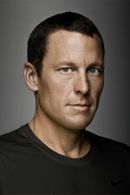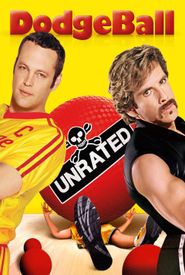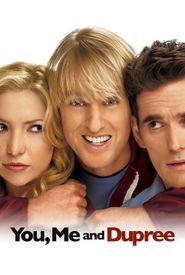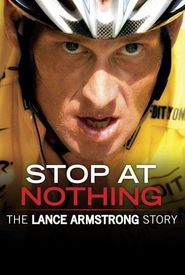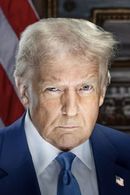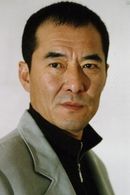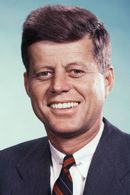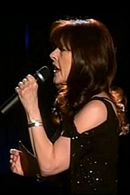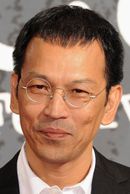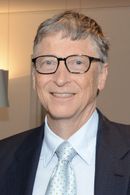Lance Armstrong was raised by his mother alone, and from a young age, he dedicated a significant amount of time to cycling. At the age of 13, Armstrong achieved his first victories in cycling races and other sports. In 1984, he won the youth triathlon championship. Three years later, he began competing in triathlons as a professional athlete, which led to his qualification for training with the Olympic team.
In 1992, Armstrong made his professional cycling debut at the San Sebastian, Spain race. He rode for the "Motorola" team from 1992 to 1996 and the "Cofidis" team in 1997. With his toughness, ambition, and endurance, Armstrong rose to the top of the world in the 1990s, becoming the number one ranked cyclist in the world in 1996.
However, in October 1996, Armstrong was diagnosed with testicular cancer, which had metastasized to his lungs and brain. He underwent aggressive chemotherapy and began cycling again just five months later, in May 1998. Armstrong not only recovered from his illness but also emerged stronger. He prepared for his comeback by competing in smaller races, eventually winning his first Tour de France title on July 25, 1999.
Since then, Armstrong has been recognized as the most successful performer and team boss in the "US Postal" team. His riding style was characterized by his rounded light-footedness and stretched position out of the saddle. The experience of battling cancer led Armstrong to found the "Lance Armstrong Foundation" to support children with cancer, and he also launched the "Ride for the Roses" sponsored race.
In 2000, he won bronze in the Olympic individual road time trial. Armstrong went on to win the Tour de France a record-breaking seven times, in 2000, 2001, 2002, 2003, 2004, 2005, and 2006. He was named World Athlete of the Year in 2003 and won the "Tour de Georgia" in 2004. Armstrong also designed the Livestrong bracelet, which raised approximately $70 million for the Lance Armstrong Foundation.
